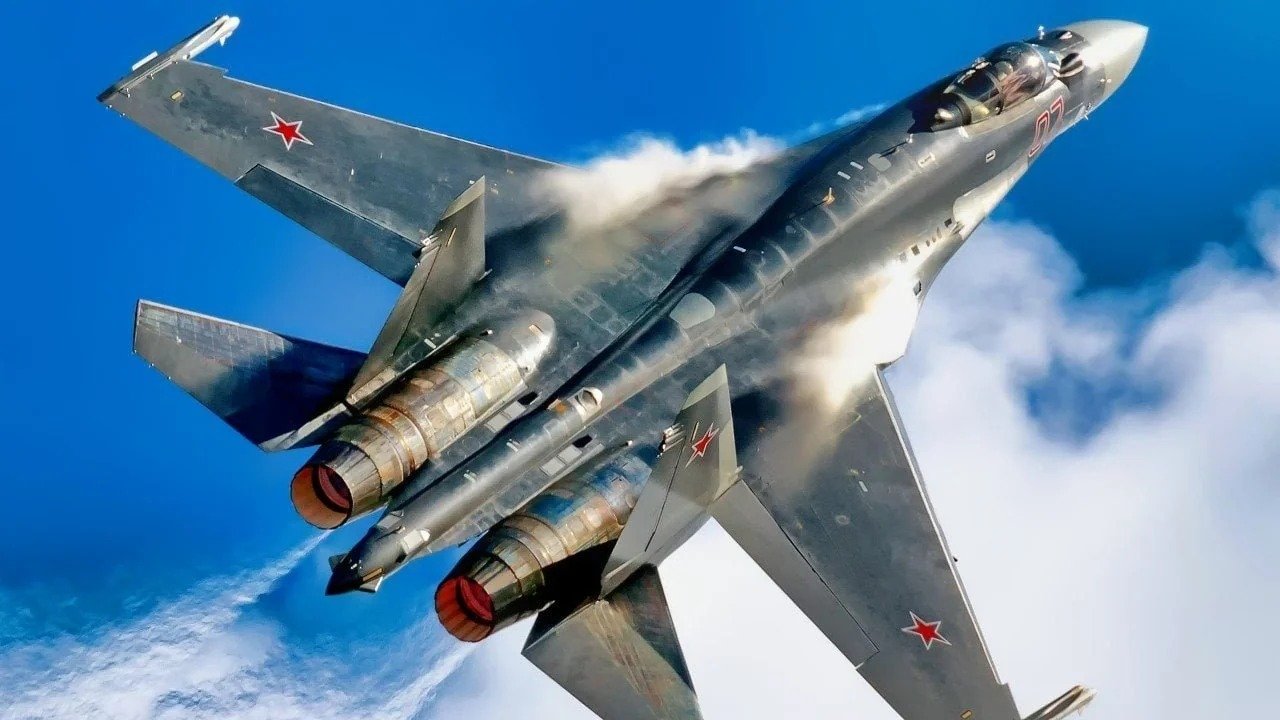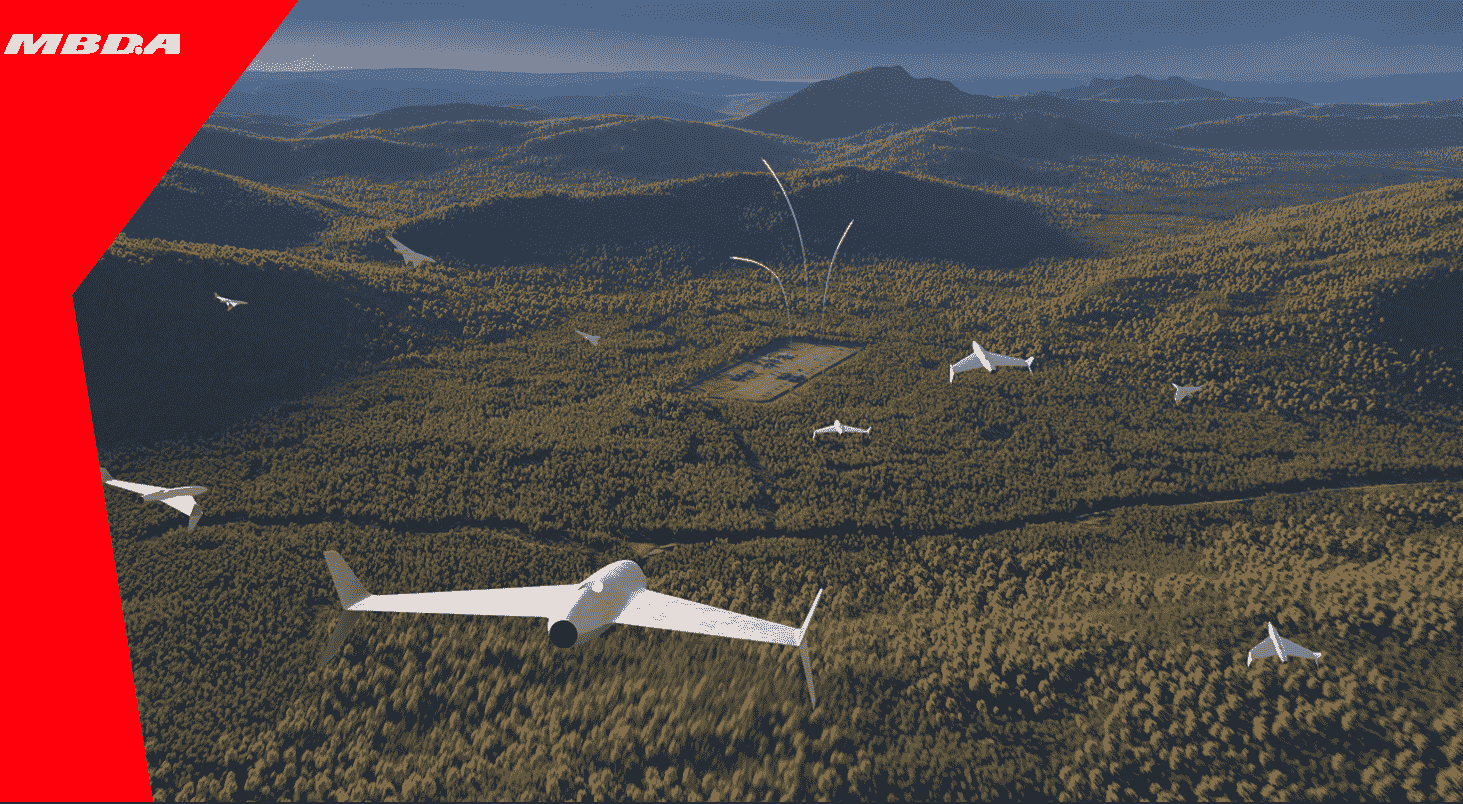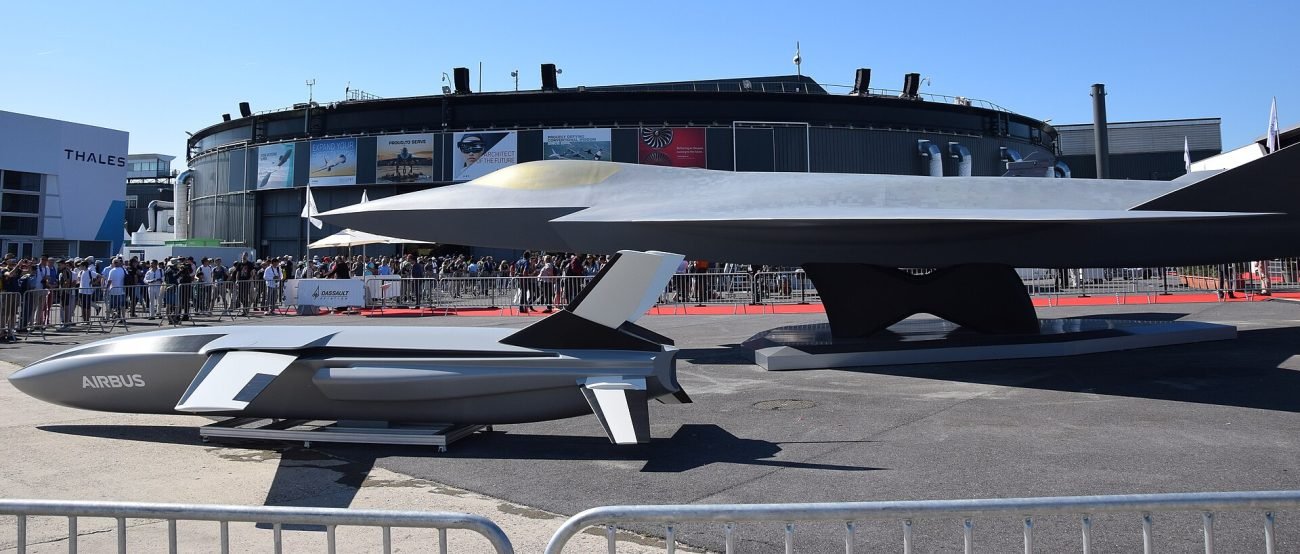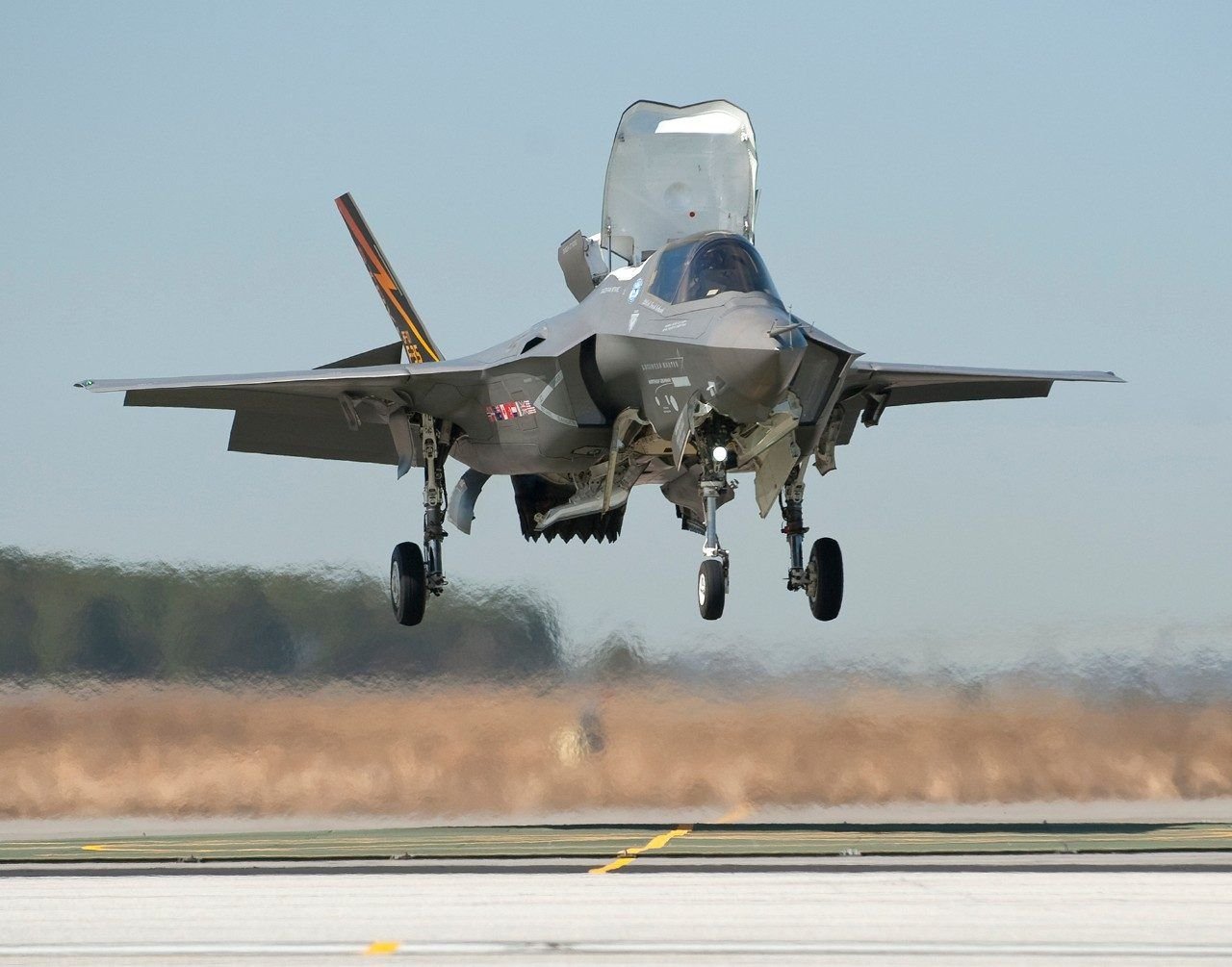The European Union’s (EU) top diplomat, Kaja Kallas, has warned that Russia does not “stand a chance” against NATO if the alliance “sticks together” in the face of a belligerent Moscow.
However, the 32-member NATO alliance would be well-advised to ignore this statement by Kallas. Such overconfidence on the part of NATO could prove fatal for the Western alliance.
In fact, Kallas’s statement seems to make the same mistake that Napoleon Bonaparte and Adolf Hitler had made before her: underestimating Russia and its willpower and ability to strike back.
While Russia and NATO have been fighting a proxy war in Ukraine for the last three years, a direct, no-holds-barred battle between the two could be apocalyptic for not just Russia and NATO countries but for the whole world.
Kallas seems oblivious to this reality.
What Did Kallas Say
Speaking ahead of a NATO summit in the Netherlands with alliance members under US pressure to massively ramp up military budgets, Kallas warned that increased defence spending alone was not enough to deter the Kremlin.
“Today, against NATO and the EU, Russia doesn’t stand a chance. But we must stick together,” Kallas told the European Parliament in Strasbourg.
“When NATO leaders meet next week, keeping unity in the alliance is as much a priority as spending more on defence.”
NATO leaders look set to agree to a major increase in military budgets as they meet in the Hague next week.
However, the alliance, comprising 23 of the European Union’s 27 member states, has been shaken by concerns over the reliability of the United States under President Donald Trump and Washington’s commitment to Europe’s defense.
Kallas hammered home the warning that Russia’s military build-up poses a threat to Europe and transatlantic security.
“Last year, Russia spent more on defence than the EU combined. This year, Russia is spending more on defence than on its own health care, education, and social policy combined,” she said.
“This is a long-term plan for long-term aggression. You don’t spend that much on military might if you’re not planning on using it.”
The EU has launched a range of initiatives aimed at raising up to € 800 billion to help member countries bolster their defenses.
On June 17, Brussels unveiled proposals aimed at reducing bureaucracy to enable Europe’s defense industry to boost production.
“The voices in this chamber only underline how many diverse opinions there are in Europe. But what unites us — what must keep uniting us — is a goal to keep our citizens safe,” Kallas told lawmakers in Strasbourg.

Can Russia Face NATO?
Kallas seems to think Russia stands “no chance” against a “united NATO.” However, this might be wishful thinking as it ignores certain harsh realities about Russia.
Firstly, Russia has one of the most battle-hardened armies in the world. Russia has been fighting a full-scale war in Ukraine for the last three years and four months.
Before that, Russia had also participated in the Syrian civil war for many years. The Russian Air Force had played a central role in supporting Bashar al-Assad’s regime in Syria.
Additionally, Russia’s Africa Corps has been involved in numerous conflicts in Africa.
Over the last decade, the Russian Army has fought on three continents —Africa, Asia, and Europe. This makes the Russian Army one of the most battle-hardened armies in the world.
Secondly, Russia has a vast army. Although the Russian Army’s strength pales in comparison to the combined strength of NATO’s armies, Moscow could still challenge NATO in Europe.
According to Statista, the Russian Army has nearly 1.3 million active soldiers. In comparison, NATO has almost 3.4 million soldiers, nearly three times the strength of the Russian Army.
However, out of the 3.4 million NATO soldiers, nearly 2 million are from the US alone, and only a small fraction of these American soldiers are deployed in Europe.
The next biggest standing army in NATO is that of Turkey, which has nearly 800,000 soldiers. However, Turkey can not be relied upon in a war against Russia, as Ankara has its own understanding with Moscow on many issues.
In 2017, Turkey purchased the Russian S-400 missile defense system despite vehement protests from NATO countries. Turkey has also refused to participate in the Western sanctions against Russia, and the two countries continue to maintain strong trade relations.
Thirdly, Kallas stressed that Russia stands “no chance” against a “united NATO.” However, NATO’s unity is a myth. There are substantial internal divisions within NATO. For instance, Greece and Turkey have significant border disputes.
Further, Hungary and Slovakia are NATO members, yet they have openly supported Russia on many occasions during the Ukraine war.
It is debatable how many NATO countries will mobilize their full force in a war against Russia.
NATO’s internal differences also manifested during the recent G7 meeting.
Leaders from the Group of Seven nations, which brings together NATO’s biggest economies — Italy, the United States, France, Germany, the UK and Canada — plus Japan, stopped short of a joint condemnation of Russia for its growing attacks on Ukraine during the summit in Canada, laying bare the internal differences in the grouping.
Fourthly, and perhaps most importantly, Russia is the world’s largest nuclear power. According to the latest SIPRI report, Russia has 4,309 nuclear warheads, the highest in the world.

In fact, Russia has more nuclear warheads than the US, France, and the UK combined. Russia also has 1,718 deployed warheads, enough to devastate the whole of Europe.
Further, Russia is situated within Europe. If Russia launches nuclear warheads, it can reach European capital cities within minutes.
Russia also has a complete nuclear triad. Russia can launch nuclear weapons in three components: land-based intercontinental ballistic missiles (ICBMs), submarine-launched ballistic missiles (SLBMs), and strategic bombers capable of delivering nuclear weapons. This configuration is designed to ensure a country’s ability to retaliate with nuclear weapons even after a first strike, thus deterring potential adversaries.
Fifth, if Russia is at war with the combined forces of NATO, then China can openly support Russia. This could literally turn it into World War III.
Sixth, Russia has sophisticated capabilities to inflict heavy damage. Russia has various hypersonic missiles that can penetrate the most advanced Western air defense systems.
Russia also has anti-satellite weapon systems. An overwhelming majority of Western weapon systems depend on ISR assets available to the US and its allies. Despite significant costs in the Ukraine war, Russia has not targeted these ISR assets of the Western countries, even though Moscow has the capability to do so.
Moscow has adopted a policy of strategic restraint in the Ukraine war. It has ignored multiple provocations from Ukraine. However, if it’s a question of Russia’s survival, then Moscow has no such compulsion to follow strategic restraint.
This aspect of Russia’s history is not fully appreciated in the West. When it comes to Russia’s survival, Moscow is willing to risk anything and everything.
Napoleon learned it the hard way in 1812. During his invasion of Russia, Emperor Alexander I of Russia adopted the ‘Scorched Earth’ policy to slow the advance of the French Army.
The retreating Russian Army burned everything of use, crops, infrastructure, and supply lines. The Russian Army burned down their own cities. This tactic aimed to deprive the French of resources and make it difficult for them to sustain their campaign.
It was a heavy price to pay, but in the end, the Russians prevailed.
The story repeated itself nearly 130 years later when Hitler invaded the Soviet Union. Intially, the Nazi forces achieved spectacular success. However, once its survival became a question, Russia staked everything on its war effort.
Nearly 27 million Russians died in the war, which was around one-fifth of the pre-war population of the Soviet Union. Though despite this heavy price, Russians prevailed, and in the end, the Soviet Red Army stormed Berlin.
A direct war between NATO and Russia could be fatal to Moscow. However, NATO should not forget that Russia still holds enough conventional and nuclear assets to take down the whole of Europe and perhaps even more with it.
The realization of this harsh truth avoided a direct war between NATO and the Soviet Union for more than four decades during the Cold War. NATO would be well advised to heed this lesson from the Cold War, or it risks repeating the mistakes of Napoleon and Hitler.
- Sumit Ahlawat has over a decade of experience in news media. He has worked with Press Trust of India, Times Now, Zee News, Economic Times, and Microsoft News. He holds a Master’s Degree in International Media and Modern History from the University of Sheffield, UK.
- VIEWS PERSONAL OF THE AUTHOR.
- He can be reached at ahlawat.sumit85 (at) gmail.com






